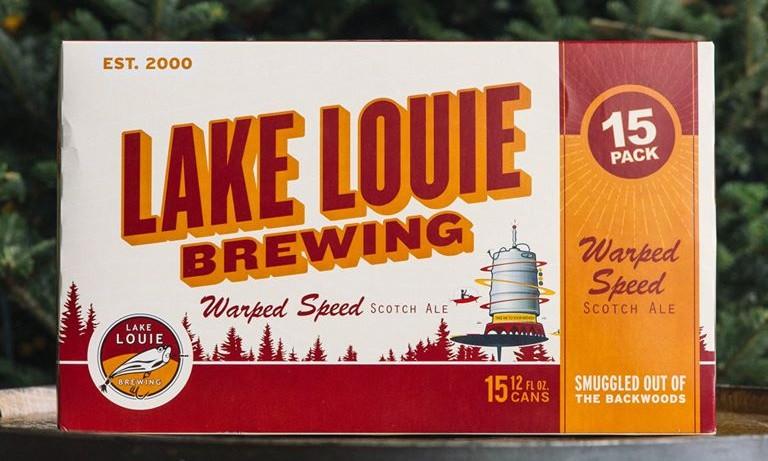I’ve been a Star Trek fan since I was a child watching reruns in the 70s with my father. So years ago when I first noticed Warped Speed beer at the liquor store, I simply had to buy it. I came for the name and stayed for the brew, a wonderful malty beer with subdued hops and hints of chocolate. It’s been a mainstay in my fridge ever since.
Warped Speed is a Scotch ale first brewed by Tom Porter (actual beery name), founder of Lake Louie Brewing in Arena, Wisconsin. Originally a storage shed out in the woods near the pond on his uncle’s land, where they used to go skinny-dipping, the brewery recently moved to bigger digs when the brand was purchased by Porter’s friends at nearby Wisconsin Brewing Co.





